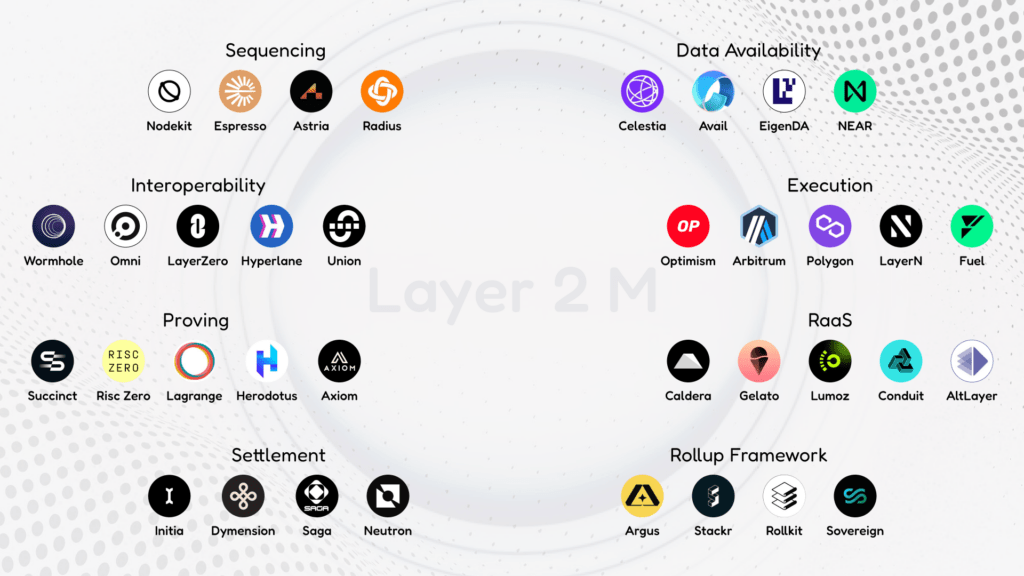Podcast Summary
In this episode of the “Validated” podcast, guests Nicolas and Conor discuss the challenges and solutions in building self-custody for blockchain, particularly for businesses. They delve into the limitations of hardware wallets in an enterprise setting and the need for online solutions that maintain security without sacrificing accessibility. The conversation also covers the concept of Multi-Party Computation (MPC) in cryptography and the importance of customer control over policies.
Key Takeaways
Transition from Hardware to Online Solutions
- Limitations of Hardware Wallets: The guests highlight the challenges businesses face when using hardware wallets like Ledger, including access issues and physical mishaps that can impede operations. They emphasize the need for online solutions that maintain the security of hardware wallets without sacrificing accessibility for global teams.
- Focus on Secure Fund Transfer: The conversation distinguishes between the custody problem and the trading problem, emphasizing that their focus is on secure fund transfer rather than microsecond trading speeds.
Importance of Customer Control Over Policies
- Customer Control: The hosts emphasize the importance of ensuring that customers have control over the policies, not just partial key shares, to avoid scenarios similar to centralized exchanges where only key material is distributed.
- Gap in Current Custody Solutions: The podcast suggests that the current custody solutions in the space lack the feature of putting policy control in the hands of the customers, which is a gap that needs to be addressed for better security and autonomy.
Challenges of Securing Blockchain Assets
- Difficulty in Obtaining Insurance: Nicolas explains the challenges of securing blockchain assets, particularly the difficulty in obtaining insurance for self-custody, which differs from traditional software security measures.
- Building a Secure Infrastructure: The discussion shifts to the trade-offs and decisions made in building a secure infrastructure for blockchain assets that can be run locally without a single point of compromise.
Deployment Spectrum for the System
- Deployment Options: The guest outlines a deployment spectrum for their system, ranging from fully self-run nodes to a mix of institution-run and third-party-run nodes, to a fully SaaS deployment with multiple custodians.
- Operational Challenges: The conversation touches on the operational challenges for institutions running the system internally, such as the need to divide their ops team to prevent a single point of compromise.
Active Fraud Prevention Measures
- Proactive Security: The discussion introduces the concept of a policy engine with automated checks that can limit transaction amounts or block certain addresses, serving as a first line of defense against unauthorized transactions.
- Approval Process: An approval process is mentioned, which requires a second human eye or an additional automated process to sign off on every transaction, adding a layer of security and oversight.
Sentiment Analysis
- Bullish: The overall sentiment of the podcast is bullish, with the guests expressing optimism about the potential of online solutions for blockchain asset management. They highlight the importance of customer control over policies and discuss the potential of their system to provide a secure infrastructure for blockchain assets.
- Neutral: There is also a neutral sentiment expressed, as the guests acknowledge the challenges and trade-offs involved in securing blockchain assets, particularly the difficulty in obtaining insurance for self-custody. They also discuss the operational challenges for institutions running the system internally.











